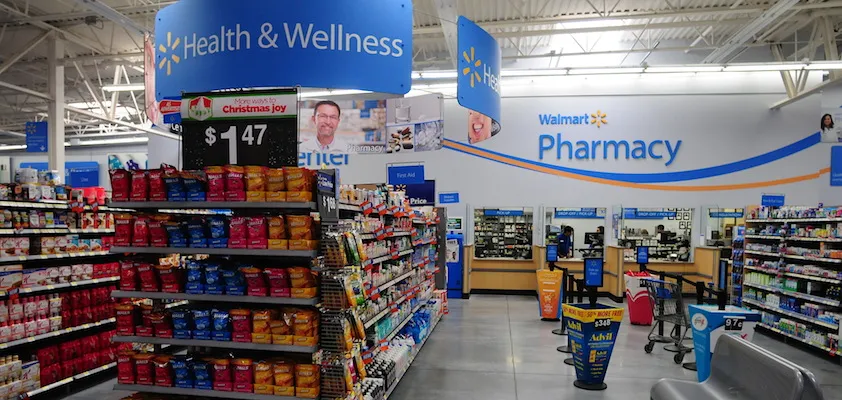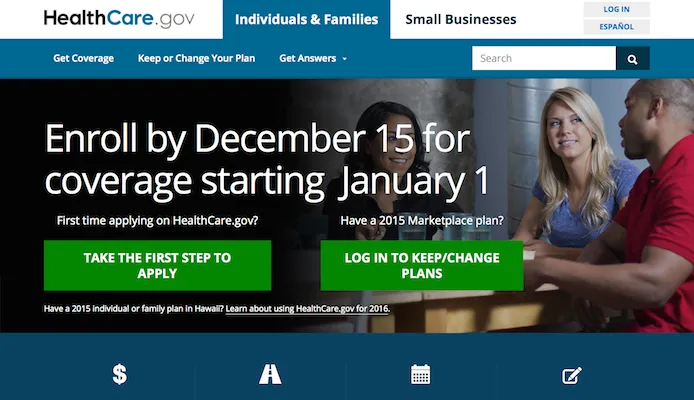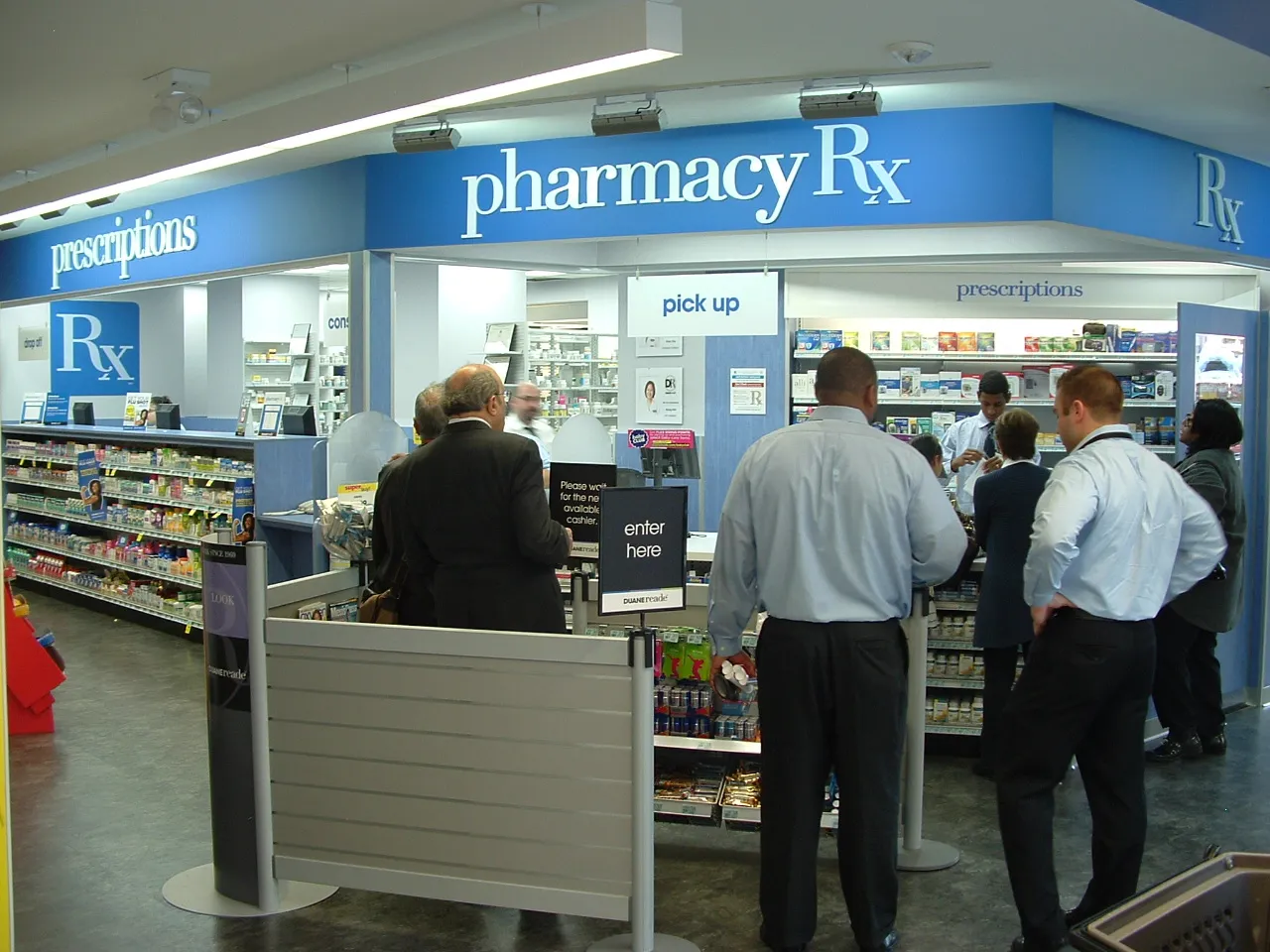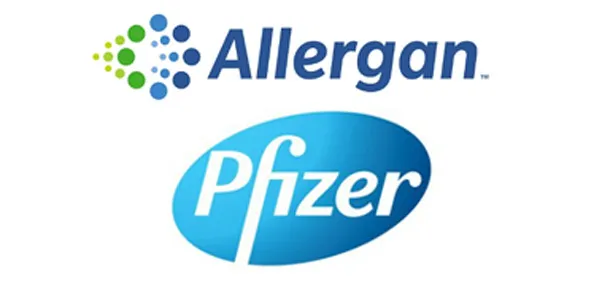The major provisions of the Patient Protection and Affordable Care Act have been in effect for almost two years now, enough time to undertake an interim analysis of the controversial law’s impact on the health care system.
President Obama and other advocates of the ACA, which since its enactment in March 2010 has withstood two legal challenges decided by the Supreme Court, had a pair of overarching objectives — extending insurance coverage to millions of Americans who lacked it, and reining in rapidly escalating health care costs.
The ACA has made substantial inroads in reducing the ranks of the uninsured. After stumbling out of the gate with the botched rollout of HealthCare.gov, the federal Web portal to help people without employer-based plans assess and obtain coverage, between 16 million and 17 million people have gained access to insurance, according to several government and private sector estimates.
Further evidence of the ACA’s success in regard to patient access emerged earlier this month with the release of a Census Bureau report about income, poverty and health insurance coverage in 2014. The latest installment in the agency’s Current Population Survey found that the nation’s uninsured rate fell 2.9 percentage points from 13.3% in 2013 to 10.4% last year, pushing that figure to an all-time low. Put another way, the number of uninsured has declined from 48.6 million in 2009, prior to passage of the ACA, to some 30 million today.
While it’s clear that much work remains to be done, Obamacare, as the legislation is frequently called, is making a substantial difference in expanding access to health care. Citing federal and private research, the administration asserts that ongoing declines in the number of people without coverage will result in an additional reduction in the uninsured rate of 2 percentage points or more this year.
The jury is still out on the ACA’s effect on health care expenditures, although early indications are that it won’t, in and of itself, solve a problem that continues to cast a shadow over the fiscal well-being of both the government and the private sector. The Centers for Medicare and Medicaid Services announced late last year that health care spending rose 3.6% to $2.9 trillion, or 17.4% of the gross domestic product.
The report rather optimistically noted that the growth rate in health care costs and GDP were “similar” for 2010 to 2013. Similar but not the same. GDP increased 2.2% in 2013; the 1.4% difference between that figure and the jump in health care expenditures is significant when dealing with almost $3 trillion.
More troubling still are the projections that CMS released in July. It predicts that health care costs will increase at an average annual rate of 5.8% from 2014 through 2024, 1.1% faster than GDP. If that scenario does unfold, health care will account for 19.6% of GDP by the time the first quarter of the present century comes to a close.
As CMS points out, during the six years prior to 2014, health care spending grew less than 5% a year, a welcome change from the 1990s and early 2000s. How much the ACA had to do with that dip and how much was the result of the worst economic conditions since the Great Depression is debatable. What’s certain is that as long as health care costs increase more rapidly than GDP, the nation is moving toward a financial impasse.
The ACA’s scale and ambition — nothing less than the transformation of a sector that accounts for almost 20% of the economy — made it inevitable that course adjustments would be required after it was seen how the program functioned in the real world. With the president and the Republican-controlled Congress at loggerheads and the 2016 political cycle already well under way, it seems certain that efforts to address the shortcomings of Obamacare will fall to their successors. The place for them to start is the persistent problem of costs and long-term financial viability.
Retail pharmacies and their allies should prepare for the coming debate by continuing to construct a verifiable, fact-based case that demonstrates the efficacy and cost effectiveness of pharmaceutical products when they are used properly. A solid step in that direction was recently taken with the publication of “Increased Use of Prescription Drugs Reduces Medical Costs in Medicaid Populations.”
Appearing in the September issue of Health Affairs, the article was noteworthy not only for its subject matter, which is summed up in the title, but the people and organizations involved. Among the authors were J. Samantha Dougherty, senior director for policy and research at Pharmaceutical Research and Manufacturers of America, and Laura Miller, senior economist at the National Association of Chain Drug Stores. The fact that representatives of NACDS and PhRMA — organizations that have in the past sometimes found themselves at odds — are cooperating with other experts to make the case for pharmacy care bodes well for the industry, the health care system and the patients they serve.









